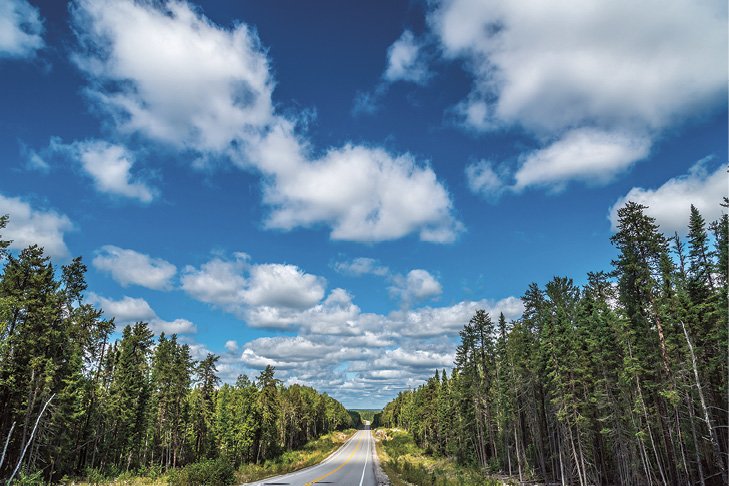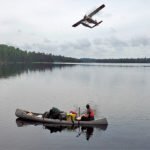The U.S.-Canadian border has now been closed for more than a year to nearly everything except commercial traffic due to the Covid-19 pandemic. Not only is there no target date for reopening, but recent reporting has indicated neither country has developed a plan or parameters for doing so. As a result, businesses and individuals who rely on an open border are left in the dark with consequences ranging from inconvenient to disastrous.
In northwestern Ontario, the tourism industry, especially numerous fishing lodges, are dependent upon U.S. customers. Minnesota typically hosts large numbers of Canadians who cross the border for shopping and entertainment. The closure has had a significant impact to the bottom lines of many businesses on both sides of the line.
But there are other closure consequences that are social rather than economic. A recent letter to President Biden from some members of Congress representing border states pointed out that family members separated by the border have not been able to meet. Also, Americans who own properties in Canada have not been able to visit or maintain them.
The challenge to reopening is easy to explain: the pandemic isn’t under control. At this writing, Thunder Bay is under restrictions due to a spike in new covid cases. The U.S. is making progress with mass vaccinations, with President Biden projecting that everyone who wants one will be able to have it by the first of May. Canada, on the other hand, lags far behind the U.S. in vaccination rates and is only now seeing vaccines become somewhat more widely available. It is unlikely the border will reopen until both nations have achieved sufficient vaccination rates across the general population. Some Canadian tourism operators are hopeful that will occur sometime this summer.
“It’s nice to hear the Biden Administration say they would like the border open by July 4. We’d like that, too,” said Laurie Marcil, executive director of Nature and Outdoor Tourism Ontario (once known as Northern Ontario Tourism Outfitters).
While her organization’s focus in the lodges and resorts, she said not only tourism operators are feeling the pinch, but also spinoff businesses that work with the industry, such as suppliers and air services. While the government has provided some relief for financially stressed businesses, such as partially forgivable loans, fee waivers and deferrals, businesses largely dependent on U.S. customers are uncertain when or if they will be able to open this year. Marcil and other tourism industry leaders have been sharing their concerns with federal and provincial officials.
“Our operators are resilient, but we will not stop bringing attention to the challenges they are facing,” Marcil said. “They play a crucial role in the northern Ontario economy.”
The Canadian government believes that everyone who wants to be will be vaccinated by July and hinted that the border may reopen then. But it is hard to build a business strategy based upon a hint. All business operators really know is that the border closure extensions last 30 days and have continued to be extended for another 30 days since the border closed last year.
“It’s frustrating, because we don’t know how long it will continue,” Marcil said.
In the meantime, some businesses have worked to develop their domestic markets. Others are taking a pause until border reopens. Some have seen new clients who were drawn to the outdoors due to covid-related closures in other forms of recreation. Many businesses with repeat U.S. guests are allowing them to rebook their vacations for when the border reopens. And everyone has their fingers cross that the reopening will be sooner, rather than later.
“There is a light at the end of the tunnel,” Marcil said. “We’re just not sure where the light is and we need to know now so these businesses can plan appropriately.”




